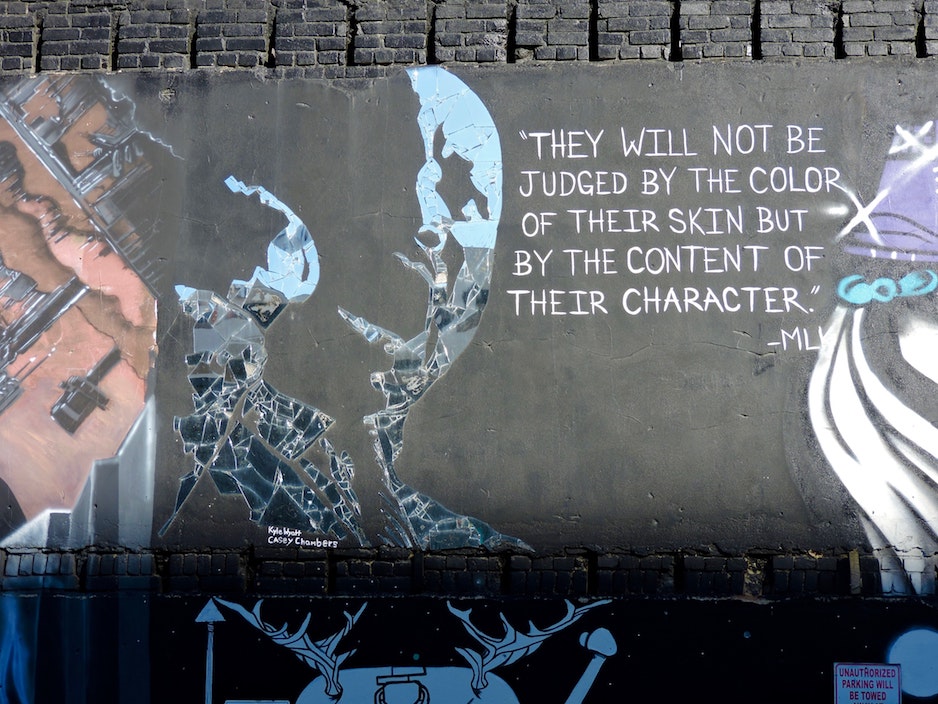Since his assassination in 1968, King’s legacy has become a cornerstone of American history. In honor of Martin Luther King, Jr. Day on Jan. 16, the Fox and STHM Diversity, Equity and Inclusion (DEI) Council invited staff and faculty to reflect on their experiences.
Lynn Carroll and Michael Schirmer share their remembrance of two physical reminders, both near and far from Philadelphia, to celebrate King and his commitment to equity and inclusion.
Lynn Carroll
I spent my childhood in the vicinity of Memphis, TN, and was just out of high school when plans were announced for a National Civil Rights Museum on the site of the Lorraine Motel, where Dr. Martin Luther King Jr. was assassinated on April 4, 1968. The Lorraine will forever be a part of Dr. King’s legacy.
The original structure that became the Lorraine Motel was bought and renovated by a Black businessman in 1945. Featured in the travel guide known as “The Green Book,” the Lorraine hosted famous guests like Louis Armstrong, Nat King Cole, Satchel Paige, Aretha Franklin, and of course, Dr. Martin Luther King Jr. “It was THE place to stay if you were a Black person traveling through Memphis” during the Jim Crow era, says Alvin Hall in “Driving the Green Book,” a podcast he created with Janée Woods Weber.
In the podcast, the museum’s Director of Interpretation, Collections & Education, Dr. Noelle Trent, describes a night in March of 1968, two weeks before his assassination. Dr. King was at the Lorraine planning a protest in support of 1,300 Memphis sanitation workers who were on strike over unsafe working conditions and wages of only 65 cents per hour. Some students of an HBCU, Prairie View A&M, were also at the motel during the choir’s spring break tour. Learning Dr. King was in the building, the choir director woke his students after midnight. Throwing coats over pajamas and scarves over hair curlers, they performed Randall Thompson’s “Alleluia” in the Lorraine Motel.
When I think of how Dr. King’s life changed people, I also think about people who may have inspired him, whether sanitation workers in Memphis or college students in a choir. Learn more: Explore the National Civil Rights Museum, hear the Prairie View A&M Choir (in 1968 and 2018), listen to Episode 10 of “Driving the Green Book” and read Dr. Martin Luther King’s April 3, 1968 “I’ve Been to the Mountaintop” speech.
Michael L. Schirmer, DBA
On a recent round-trip walk across the Ben Franklin Bridge, I was reminded by the expansive riverfront views of the area’s rich history. These lands were originally inhabited by the Lenni Lenape, then a succession of European colonists and the Africans they enslaved. Achieving independence from the
British crown benefitted some, but the struggle for liberty and justice for all continues today having been fueled by the blood, sweat, and tears of many with ties to this area, including Harriet Tubman, William Still, Octavius Catto, and Rev. Dr. Martin Luther King, Jr. Lest we forget.
